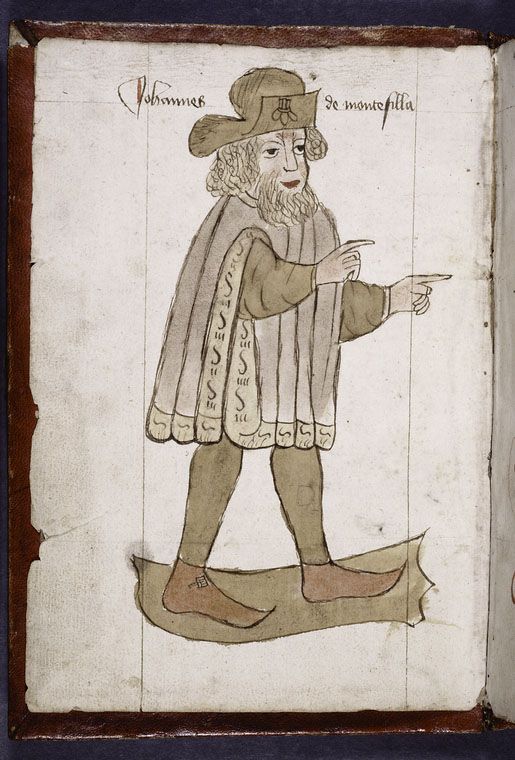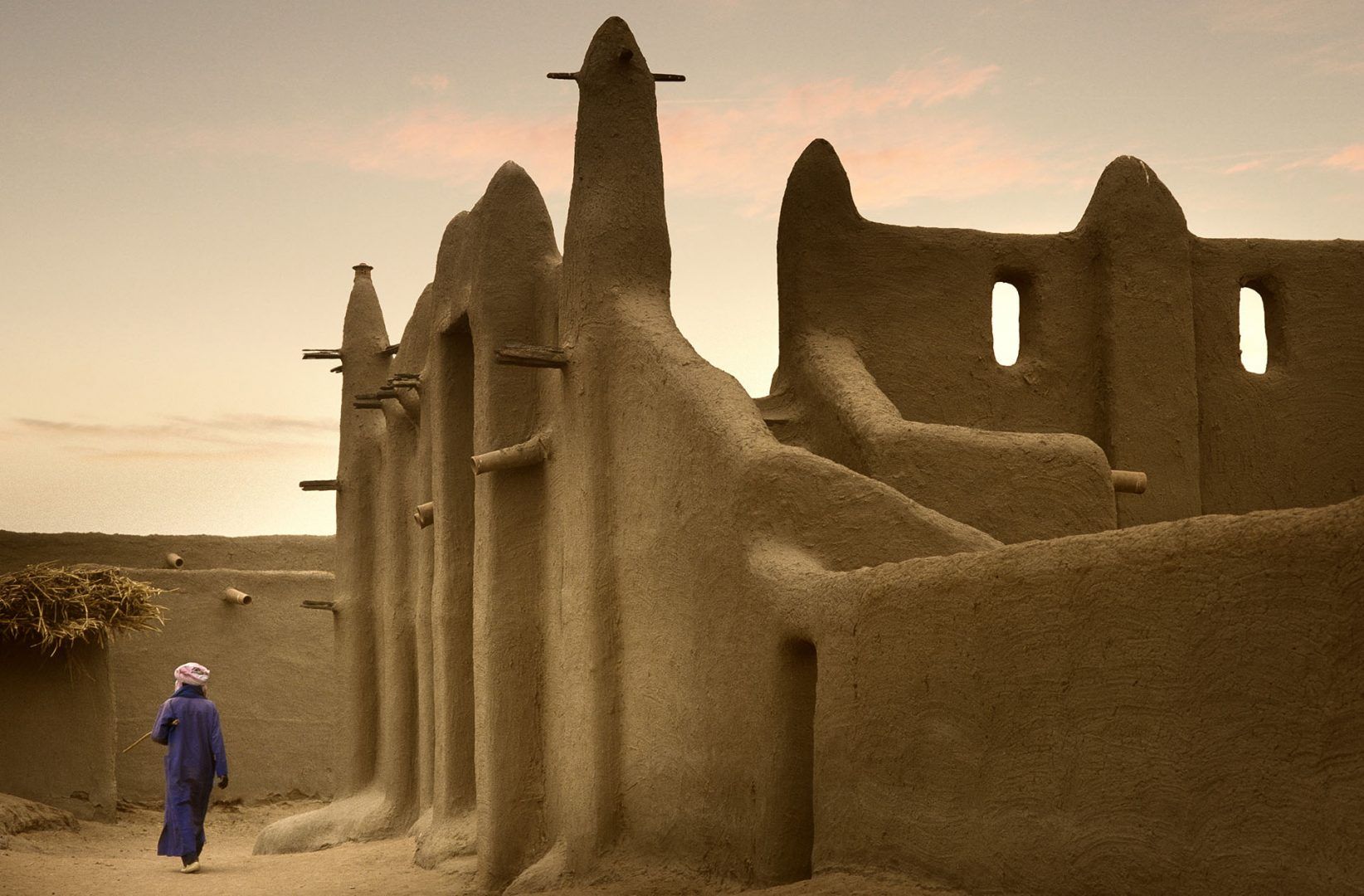Planning your own trip? Prepare for your trip
Use Rough Guides' trusted partners for great rates
Book your individual trip, stress-free with local travel experts
Here at Rough Guides, we’re known for our “tell it like it is” ethos, which – coupled with our in-depth knowledge of destinations, reliability, attention to detail and resourcefulness – results in the best guidebooks out there. (We’re not biased.) The current coronavirus situation means we can’t get out there researching at the moment, so we’ve instead decided to take a look back at the wealth of travel writing from the Middle Ages to see whether any of these historical authors would have what it takes to join the Rough Guides team. We’ll be considering big names in the medieval travel industry, like Marco Polo, and more obscure applicants such as Simon of St Quentin. Let’s find out who’s in with a shot!
Let’s start out by ruling out a few contenders who aren’t likely to make the cut. The first of these is Matthew Paris, a St Albans monk who’s known primarily for his Chronica Majora – a history of the world from Creation until 1259, the year of Matthew’s death. Despite his focus on history, Matthew did indulge in a spot of travel every now and again, notably on one occasion in 1247 when he visited Bergen in Norway to attend the coronation of King Haakon IV. Unfortunately, Matthew wasn’t averse to taking freebies – Haakon gave him “rich and royal presents” – in return for positive coverage. This, coupled with Matthew’s rather virulent hatred of anyone who wasn’t English, means that we won’t be progressing his application any further.

Matthew Paris © Wikimedia Commons/public domain
Visitors to today’s Bergen are unlikely to witness any royal coronations, but the Bryggen part of town retains a medieval vibe, perhaps similar to the city as Matthew would have experienced it. Bergen is also an excellent jumping off point for hiking trips in Norway’s fjords.

Historical buildings in Bryggen - Hanseatic wharf in Bergen, Norway © Nataliia Sokolovska/Shutterstock
The Dominican friar Simon of St Quentin also won’t be working for Rough Guides any time soon. In 1245 he travelled to Sisian in Armenia to convey a message from the Pope to the Mongol army, who had recently invaded the region. Much of Simon’s account of his journey has been lost, suggesting he may be a little unreliable at meeting publishing deadlines, and what remains implies a closed-minded attitude and considerable inflexibility in getting along with the locals – he described his hosts as “evil”, “obstinate” and “increasingly insane”. His writing also lacks any practical details about where to stay, what to eat, or information on the local attractions. We’re therefore pretty confident in concluding that Simon doesn’t have the necessary skills or temperament to join the team.
There are generally no Mongol army encampments at Sisian nowadays, but the town is a good base for visiting the nearby stone circle of Zorets Karer – Armenia’s version of Stonehenge – or the beautiful Shaki waterfall.

Sisian monastery, Armenia © ERainbow/Shutterstock
Afansay Nikitin hailed from near Moscow, and in the hope of establishing trade, in the 1460s he became the first Russian to visit India. He recorded his 7500-kilometre journey in a short text, and we’ll be considering his section on Bidar in central India, which is detailed and lively. We’re impressed by his description of the local customs and the shopping opportunities – apparently one could buy “horses, silks” and, more enigmatically, “stuffs”. Afansay is also careful to note where potential hazards for the traveller exist, cautioning that 14ft snakes slither around the streets of Bidar. Unfortunately, he lets himself down with extremely uncomplimentary descriptions of the people – he says that all the women are “witches, or thieves and cheats” – and this rather suggests an outlook incompatible with Rough Guides’ ethos. Sadly, Afansay shouldn’t expect a call from us any time soon.

Afanasy Nikitin © Wikimedia Commons/public domain
Nikitin’s text includes a description of the sultan’s palace: this is likely to be Bidar Fort, which was constructed in the fifteenth-century and is still well worth a visit today. Elsewhere in town, you can also visit impressive madrassahs and tombs dating from the same period.

Bidar Fort, India © RealityImages/Shutterstock
A fifteenth-century citizen of Norwich, Margery Kempe is the author of the first autobiography in the English language. Her book tells us much about fifteenth-century life, but for our purposes today we’re primarily interested in her accounts of her various travels: Margery went on pilgrimages all across Europe and as far as the Holy Land. She seems to have been resourceful enough in arranging and funding these trips, but unfortunately her writing simply doesn’t cover the information that Rough Guides readers need: there’s precious little in the way of practical details, which are omitted in favour of Margery’s devotional feelings. However, it’s not impossible that, with a little refocusing of her attention, Margery could be a valued member of the team.
As an important site for Judaism, Christianity and Islam, Jerusalem is still an enormously popular destination for pilgrims and tourists alike. Margery is likely to have been most interested in visiting the Church of the Holy Sepulchre, but there are plenty of other places of interest in the city, including the Dome of the Rock and the Temple Mount.

Western Wall and golden Dome of the Rock in Jerusalem Old City, Palestine/Israel © Lucky-photographer/Shutterstock
Little is known of the author of the work The Travels of Sir John Mandeville, an immensely popular fourteenth-century travelogue that depicts a journey from England to China, via the Holy Land and many other destinations. Mandeville offers extensive descriptions of many places which help the reader envisage where they might like to visit, but our doubts arose concerning the accuracy of his writing when we came across reports of trees in Java which bear fruit of wheat, honey, wine and (worryingly) venom. On closer examination of Mandeville’s credentials, it seems that much of the work is either plagiarized from other medieval authors or simply made up, either of which is of course a major no-no for Rough Guides. There’s also some debate about whether Sir John Mandeville himself is a real person, and we’re not sure we want to get into the administrative nightmare involved in employing someone who doesn’t exist. So, on balance, we think Mandeville’s application will be unsuccessful.

John Mandeville © Wikimedia Commons/public domain
The island of Java is a fantastically diverse destination – visitors can check out the ancient ruins of Borobudur, explore the cosmopolitan city of Jakarta, or go trekking to volcanoes and through jungles. Just don’t expect to find the wine tree.

Borobudur, Indonesia © Adel Newman/Shutterstock
We’ve no doubt all heard of Marco Polo, the Venetian traveller who in the thirteenth century accompanied his father and uncle to the court of Kublai Khan in Khan-balik (now Beijing). Given Mr Polo’s fame in the travel-writing world, if Rough Guides were to employ him, it would certainly make for good publicity – but is that a good enough reason to take him on? A swift read of Marco’s passage concerning Beijing reveals an earnest desire to record as much information as possible – the description of the Great Khan’s palace runs to several pages – which is laudable, but sadly the writing never really comes to life nor grabs the reader. There’s also a whiff of sycophancy about it, causing us to wonder if Marco is singing the praises of the palace – and by extension the Khan – a little too much. It’s with regret that we’ll have to say no, Marco Polo.

Marco Polo © Wikimedia Commons/public domain
Archeological traces of Khan-balik can still be seen in Beijing’s Tucheng Park, but the Chinese capital offers plenty of other sites of interest, notably Tiananmen Square and the Forbidden City. It’s also possible to reach the Great Wall of China in less than an hour from Beijing.

Beihai Park in Beijing, China © SchnepfDesign/Shutterstock
Ibn Battuta has strong credentials – he’s thought to be the most widely travelled person of the medieval age. Born in Morocco in 1304, he spent the vast majority of the period between 1325 and 1354 on the road, visiting and working in forty countries from Spain to the Philippines. Someone as dedicated to travel as this would surely be an asset to Rough Guides – and this was confirmed when we took a look at his account of his journey to Mali in the 1350s. Ibn Battuta’s writing is lively with keen attention to detail – in particular, we’re impressed by his vivid description of the local festivals, which bring to life the scene of poetry recitals, swordsmanship displays and musical performances. Ibn Battuta is also unafraid to tell us when something’s not so good: he was singularly unhappy with the local cuisine of colocasia gruel, though that’s unsurprising given it made him ill for two months. Engaging, resourceful, accurate and opinionated – Ibn Battuta is our pick for the newest addition to the Rough Guides team.

Ibn Battuta © Wikimedia Commons/public domain
Regrettably, Mali isn’t the safest country in which to travel at present, but it does host some remarkable sights. The Great Mosque of Djenné, built entirely of mud and renewed in an annual festival, is an architectural masterpiece, while the famous city of Timbuktu is a centre of Tuareg culture. Until 2012, a Festival of the Desert was held here, showcasing Tuareg music – perhaps similar to that seen by Ibn Battuta.

Djenne mosque, Mali © robertonencini/Shutterstock
Top image: Borobudur, Indonesia © Adel Newman/Shutterstock
written by
Owen Morton
updated 20.07.2020
Owen Morton is never happier than when exploring new places, with a particular fondness for wandering the former Soviet world and the Middle East. He is the author of the upcoming Rough Guide to Georgia, Armenia and Azerbaijan, and has written for Rough Guides' Make the Most of Your Time on Earth compilation, as well as regular contributions to the Rough Guides and Insight Guides blogs. When not exploring the world, he entertains himself by writing a blog about 1980s cartoons. His favourite animal is the wonderfully expressive and permanently furious manul. Follow him on Instagram at @owenmortonmanul.
Use Rough Guides' trusted partners for great rates
Arrange your trip, hassle-free, with local travel experts
Arrange your trip with local travel experts